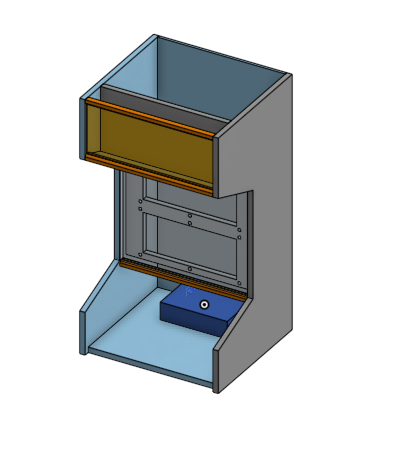
Pepper's All-Access Arcade
An accessible table top arcade cabinet with multiple types of input
An accessible table top arcade cabinet with multiple types of input
To make the experience fit your profile, pick a username and tell us what interests you.
We found and based on your interests.

We are re-3D printing our encoder wheel. While we 3D print the pieces that we are able to, we are still waiting for parts to come in.
We have finished the art for the cabinet now that we have finished the top panel art.
We have also cut the panels needed for the final construction of the cabinet.
We cut out and fit all of the parts that needed to. Everything will more than likelty be finished by either today of next week.
Siging off for now,
Controller team
This week we made a lot of progress, we finished the OnShape assembly model and we were able to show where the latches would be. After we completed this step, we then worked on making our first actual box out of wood. We began by marking the pieces on the plywood and cutting out all of the flat surfaces. We were able to produce an entire crate per sheet of plywood, this was good because we had exactly 4 sheets of plywood and needed 4 crates.
We then cut handles into the side of the crate using this CNC machine. To assemble the box into its desired shape, we used glue and 1/2 inch by 1/2 inch plywood in the corners to support the structure.
By the end of the week, we have 3 crates complete other than the latches, and we are working on completing the last crates.
What we need to do is take our latches (which we now have) and attach them to all 4 crates once the last 1 is assembled.
We test fitted the parts onto cardboard cutouts to see what the exact dimensions we needed are.
Nothing changed from the last update. The parts arrived and we got measurements to make sure everything will fit. Next week's update will have more to say.
Signing Off For Now
-Jacob
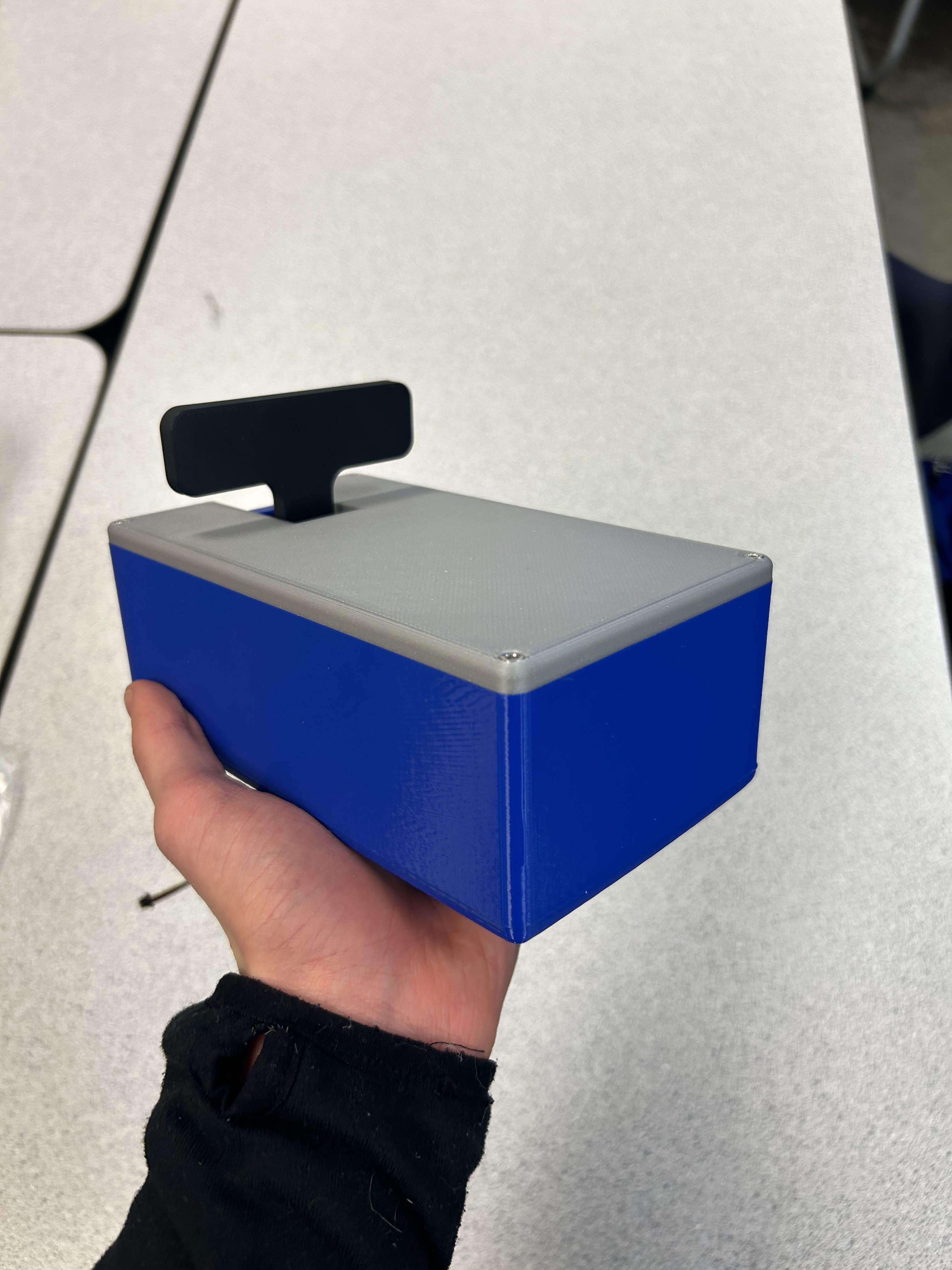
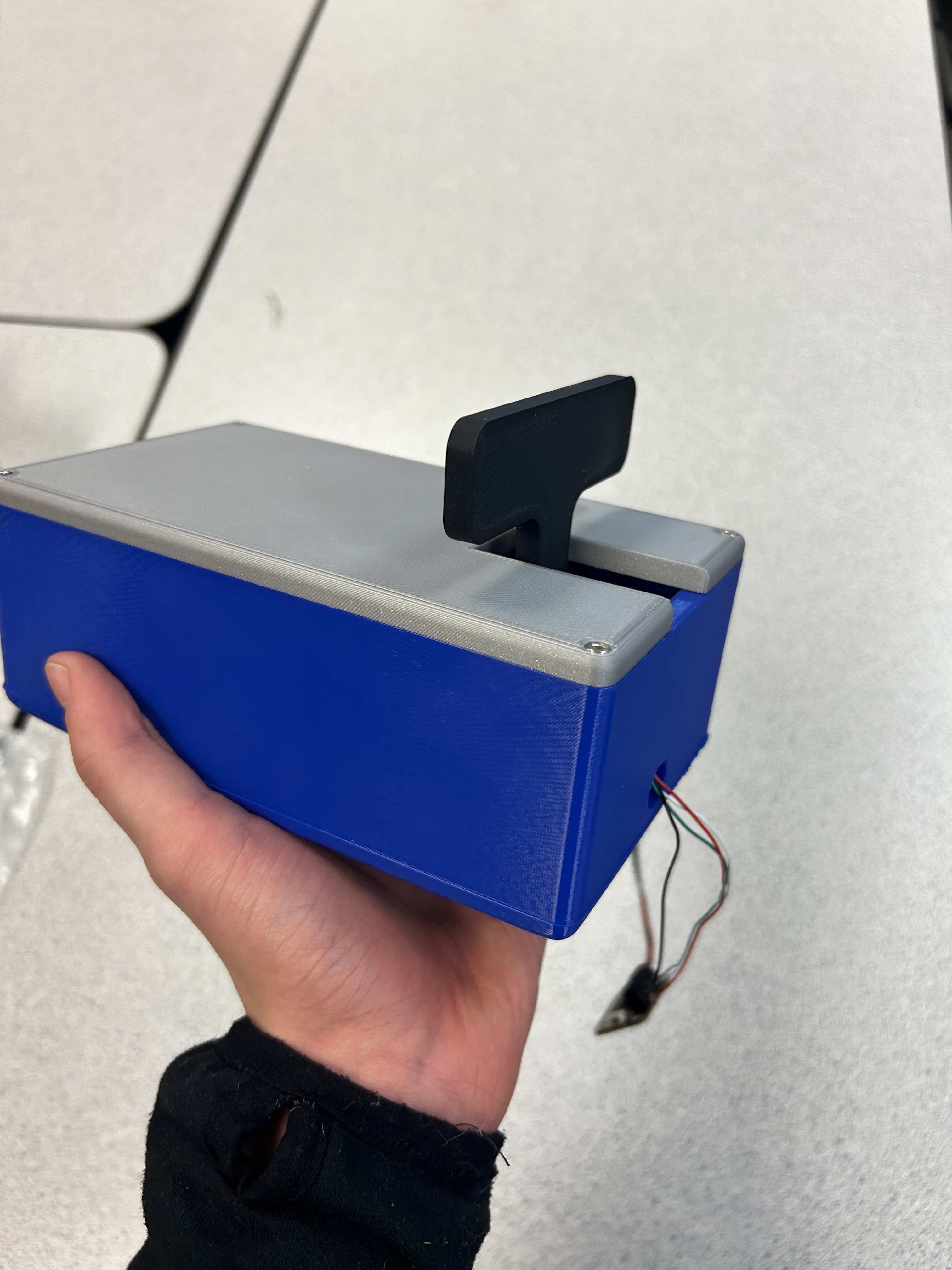
In the first part of this update, I didn't talk about the Load Cell Controller at all. The LCC has been 3D printed and we are planning on keeping the design the same for now. Any major changes will be talked about next weeks log.
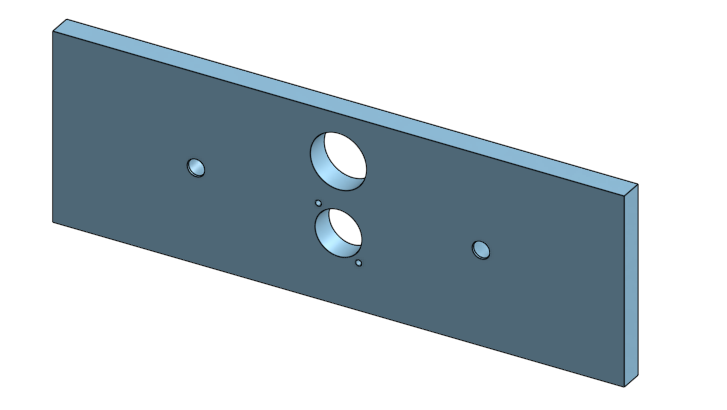
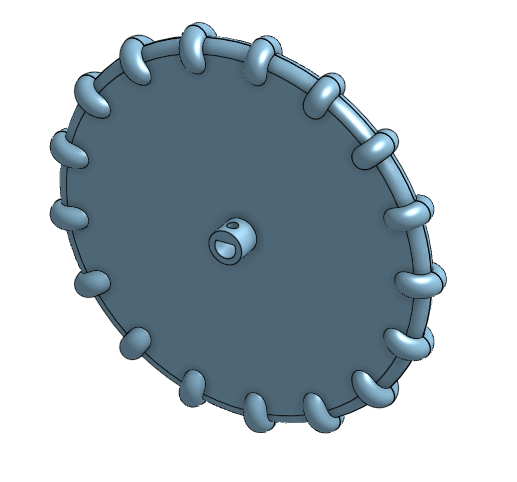

Above are the Encoder Wheel, Connector Panel, and the Controller Panel. Since last week, Nothing has changed with the Encoder Wheel except for its position on the arcade machine. The Controller Panel, on the other hand, has had a change to the design with the addition of mounting brackets. Finally, we have the addition of the Connecter Panel made to connect all the controller stuff to the rest of the arcade machine.
At the very beginning of the week, we began to create the cardboard model of our crate. It is scaled down by 1/4 and the only difference is the width of the cardboard not being 1/4th the width of the actual model.
After finishing the cardboard model we showed it to Mr wood bridge who brought up the idea of simplifing the design to not feature as many latches, we eventually came up with the bottom segment to open differently, instead of a hinge like movement, it will be acceded by a shelf that fits inside of the two segments and rests on pegs, this shelf can be removed to access the bottom compartment. This led us to modify the cardboard model into this design.
Near the end of the week, we focused on remodeling the on shape model, just like we did the cardboard model, this gave us more finite and clear dimensions for the new changes and parts added to the box. We eventually decided adding four 0.5 inch by 0.5 beams on the interior corners of the top section of the box, just like we did on the bottom section. These would act as support once we start building it, and hold the newly created lid in place.
The only thing we need to work on for the on shape model is turning it into an assembly.
In the past week, we have continued work on the pixel art for the cabinet.
We have also finished the cardboard model of the cabinet.
We plan on finishing the pixel art and finalizing the Onshape design.
Create an account to leave a comment. Already have an account? Log In.
Become a member to follow this project and never miss any updates
By using our website and services, you expressly agree to the placement of our performance, functionality, and advertising cookies. Learn More